Management in Water sector
-
Rajabu Omary
-
27 January 2024
1,277
458
The Impacts of Anthropogenic Activities on the Physicochemical Water Quality of Pinyinyi River, Arusha-Tanzania
DOI:
https://doi.org/10.56542/wi.jwempo.v1.i1.a1.2024
Download / view PDF
Keywords:
Anthropogenic activities, Biodiversity, Physicochemical parameters, Water Pollution, Water quality
Abstract
Anthropogenic activities are responsible for degrading rivers and decreasing their capacity to offer ecosystem services. This paper reports the findings of a study carried out to assess the impacts of anthropogenic activities in Pinyinyi River water quality using physicochemical parameters. BOD, COD, phosphate, pH, EC, TDS, turbidity, DO and nitrate were analysed. Anthropogenic activities around Lake Natron Ramsar Site also documented. pH, EC, TDS, turbidity and DO measure in-situ using potentiometric method (HANNA HI 9829). Phosphate and nitrate analysed using photometric method (HACH DR/2700). BOD and COD analysed using bottle incubation method for five days (BOD incubator) and dichromate method (COD digester) respectively. Structured questionnaires used to collect data about anthropogenic activities taking place around Lake Natron Ramsar Site. DO, BOD, COD and turbidity were above the permissible limit. Phosphate, pH, EC, TDS and nitrate were within permissible limit. Irrigation, livestock keeping, fishing, bathing, washing, deforestation, water diversion, sand mining, making bricks along the river, tourist guidance, soda ash harvesting and selling soda ash are the anthropogenic activities taking place around Lake Natron Ramsar Site. River water was found to be unsafe for drinking purposes and was found to be safe for irrigation purposes.
